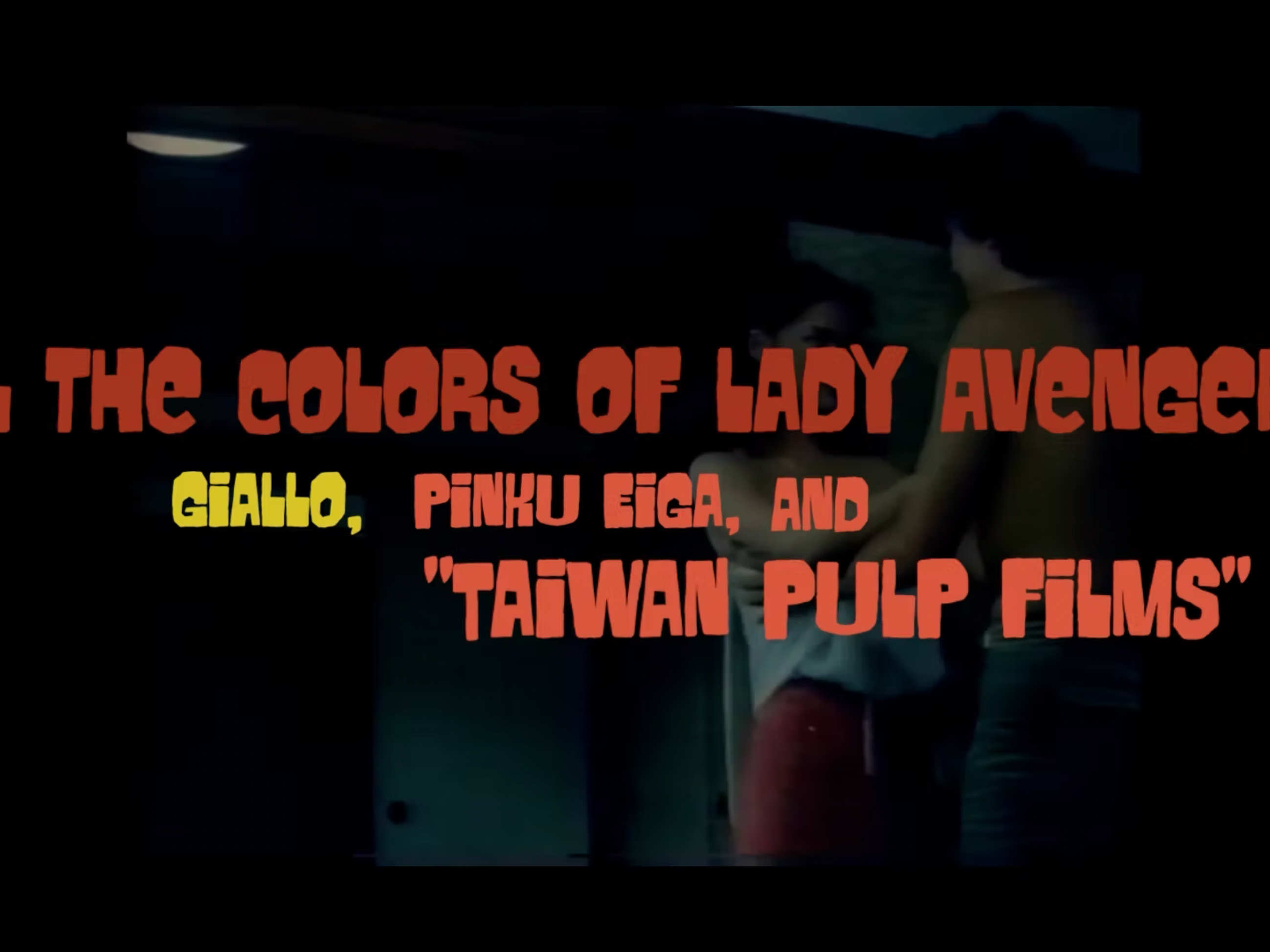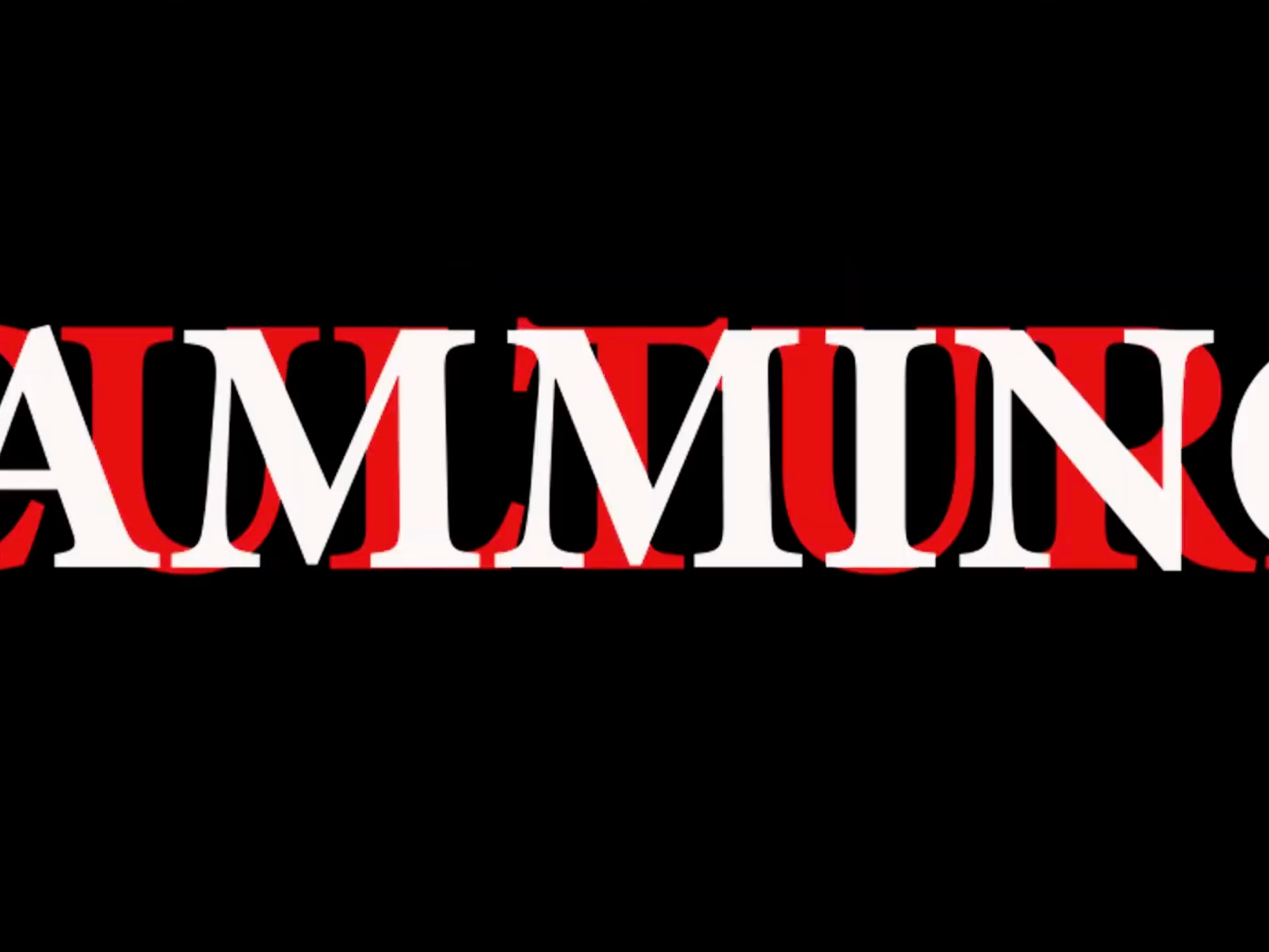This video essay surveys Danmaku (弾幕)—a popular video-streaming interface in Japan and China—and the user experiences of it in a transnational media context. Also known as “bullet comments,” danmaku is an interface that allows viewers to input and share moving comments directly on the screened video. Mikhail Bakhtin’s conceptions of heteroglossia, carnivalesque laughter, and grotesque realism allow us to examine danmaku as a communicative cultural phenomenon. In light of Bakhtin and media theory scholar Jinying Li, I explore how danmaku is a zone of contact and dispute—a virtual marketplace, wherein the centripetal forces (i.e., “official,” elitist, intellectual languages) and the centrifugal forces (i.e., “dialects”) are constantly at play.
The carnivalesque and the conception of grotesque realism invites the spirit of revelry, of willful violations of social order, and promotes a sense of interconnection (between people, and the environment that we inhabit). But this is not suggesting that danmaku as an interface possesses subversive power. Rather, danmaku playfully brings attention to the constant interactions between its users, the video text, and the platforms. Take, for example, dubbing—a common practice in East Asia, especially in the case of animation. Carnivalesque laughter is all over the place on the danmaku interface, exposing the power structures of seemingly high and low, center and marginal, colonial and colonized in cultural-historical manner. The destructive/regenerative power of carnivalesque laughter is exemplified in the onomatopoeic bullet comments in danmaku.
Further, I draw connections between danmaku and new usages of global streaming platforms including Netflix, YouTube, Zoom screening, and so on. Platforms and interfaces matter, especially in the global expansion of mediatory systems in the COVID-19 era. While mainstream platforms keep the interface clean and tidy, suggesting an “authentic” consumer experience with high-quality video. Danmaku, on the other hand, encourages its users to make “noises” with billingstage language, ridiculing the presumed originality of media products. Reading danmaku through the Bahktinian lenses, this video essay sheds light into not just the film and video texts per se, but how contemporary platforms and interfaces mediate the audio-visual experience in our daily lives.
References
Bakhtin, Mikhail. The Dialogic Imagination: Four Essays. Michale Holquist ed., translation by Caryl Emerson and Michael Holquist. Austin: University of Texas Press, 1981.
—. Rabelais and His World. Translated by Helene Iswolsky. Bloomington: Indiana University Press, 1984.
Bolter, Jay David and Gromala, Diane. "Windows and mirrors." In HOW BIAS SPREADS: From the canon to the web, Natasha Berting ed., 144-149. Rotterdam: XPUB, 2018.
Hanich, Julian. “Chuckle, Chortle, Cackle: A Phenomenology of Cinematic Laughter.” The Audience Effect: On the Collective Cinema Experience. Edinburgh: Edinburgh University Press(2018),189-216.
Li, Jinying. “The Interface Affect of a Contact Zone: Danmaku on Video-Streaming Platforms.” Asiascape: Digital Asia vol. 4 issue 3 (2017): 233-256. https://doi.org/10.1163/22142312-12340079 Web.
Shih, Shu-mei. “The Concept of the Sinophone.” PMLA/Publications of the Modern Language Association of America vol. 126, no. 3 (2011): 709-718.
Stam, Robert. “Film, Literature, and the Carnivalesque.” Subversive Pleasures: Bakhtin, Cultural Criticism, and Film. MD: John Hopkins Press (1989), 85-98.


